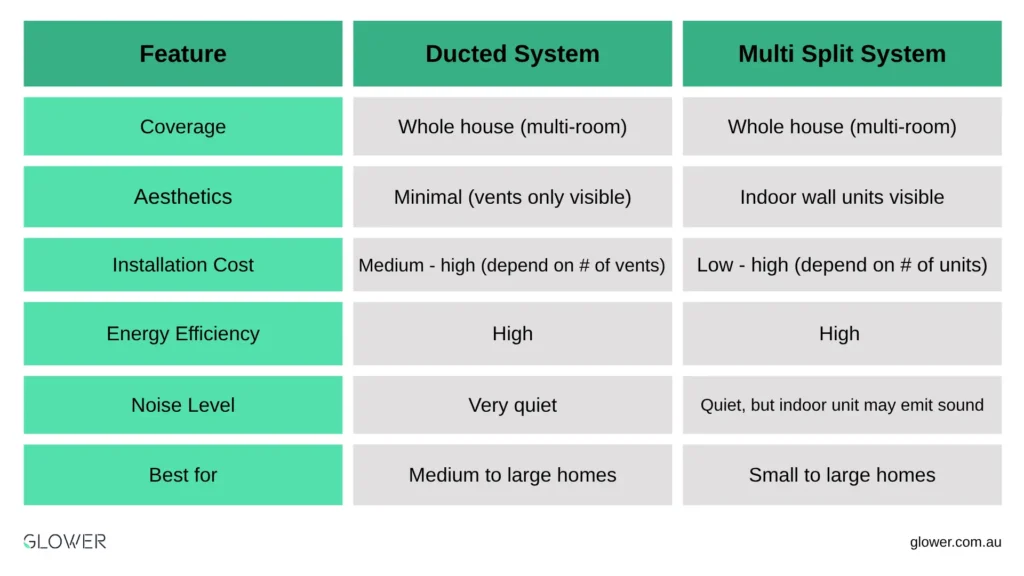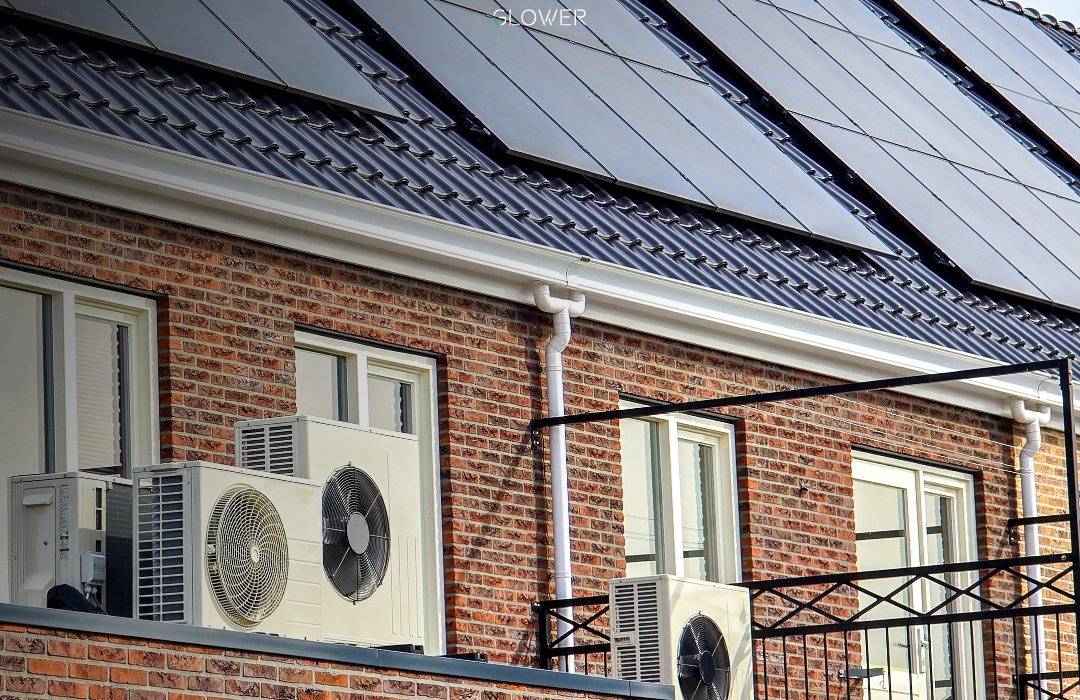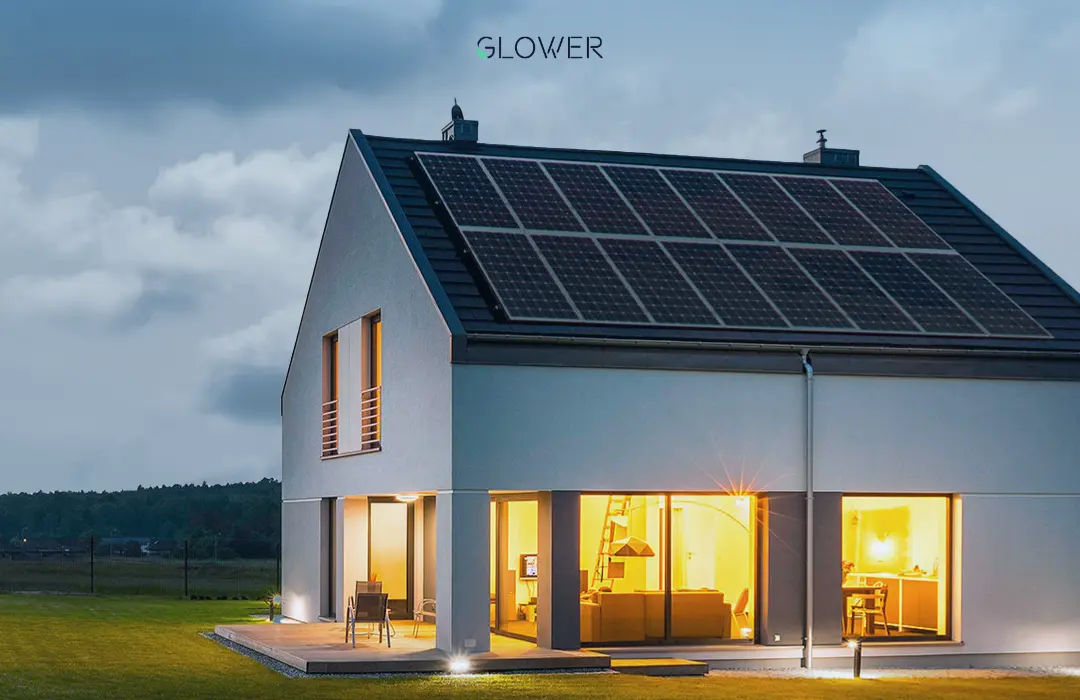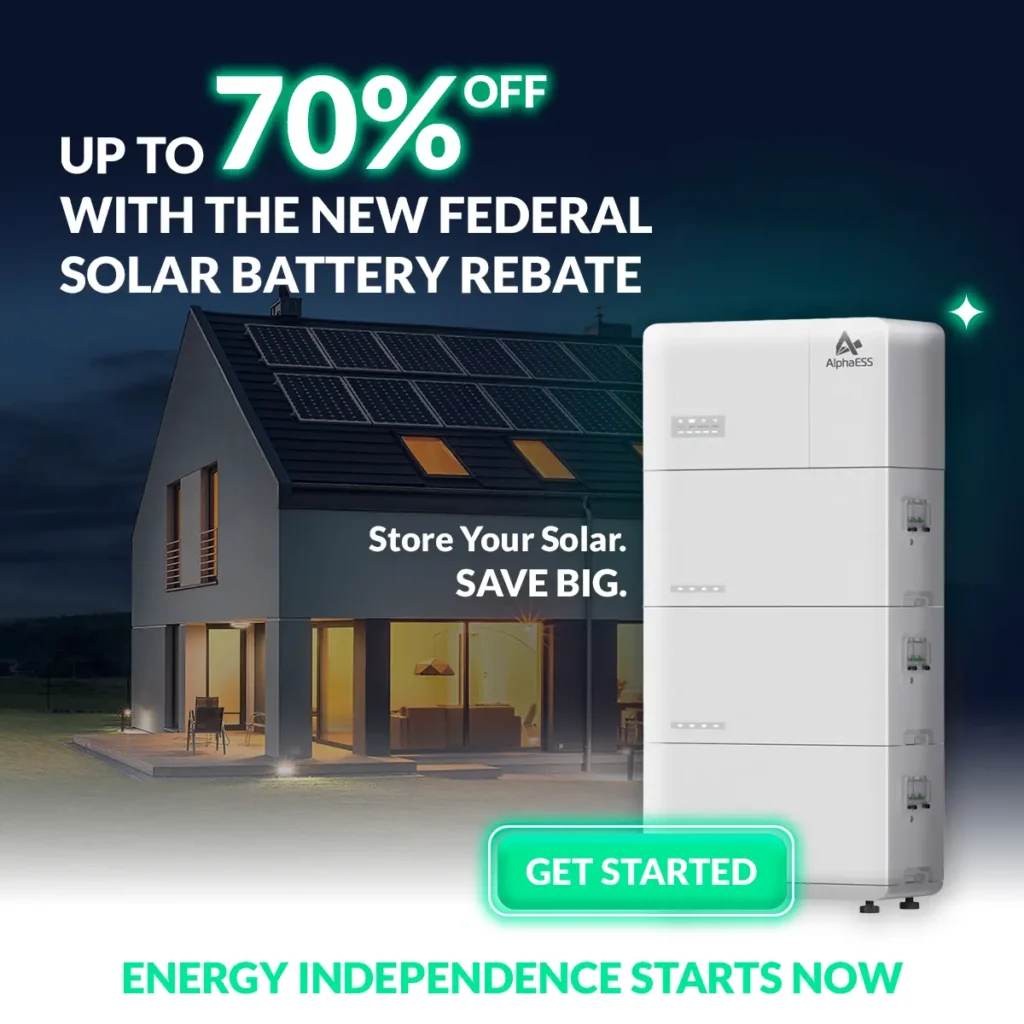Choosing the right air conditioning system in 2025 can feel overwhelming. With so many options on the market, and dozens of brands promising high performance, it’s easy to get lost in the conversation.
Add in installation costs, energy efficiency concerns, and government rebates, and suddenly it’s not just about staying cool anymore.
Whether you’re building a new home, upgrading an old unit, or trying to cut down your power bill, this guide is your all-in-one starting point to choose the best air conditioning system for your needs.
What Is Ducted Air Conditioning and How Does It Work?
Ducted air conditioning is a whole-house cooling and heating solution that employs a central unit to circulate conditioned air through a network of ducts, which are commonly mounted in the ceiling.
These ducts distribute air to each room through discrete vents, providing consistent temperature management throughout your home.
Here’s how it works:
- Central Unit: Installed in the roof or outside, this unit cools or heats air.
- Ductwork: The treated air travels through insulated ducts to multiple zones or rooms.
- Vents: Air is delivered quietly and evenly through ceiling or wall vents.
- Zoning Options: Many systems allow you to control different rooms independently, improving efficiency and comfort.
Ducted systems are ideal for larger homes or households looking for a low-profile, silent, and energy-efficient solution to climate control.
Ducted vs Multi Split Systems: Quick Comparison

How Much Does Ducted Air Conditioning Cost in 2025?
The average cost of installing a ducted air conditioning system in Australia in 2025 ranges from $7,400 to $10,400, depending on the brand, the size of your home, and installation complexity.
While the upfront investment is higher than with split systems, ducted air conditioning offers superior comfort, better aesthetics, and greater energy efficiency for whole-home coverage.
Average Ducted System Costs by Brand:
- Rinnai: From $7,400
- Mitsubishi: From $9,900
- Daikin: From $10,400

What Affects the Final Ducted or multi splits Installation Cost?
The final cost of a ducted air conditioning system or a multi-split system can vary significantly based on several key factors:
🏠 Home Size and Layout: Larger homes require longer ductwork and more powerful units, which increases material and labour costs. Irregular layouts or multi-storey homes may also affect pricing.
🚪 Number of Zones or Rooms: Zoned systems allow for individual temperature control in different areas, but adding more zones involves additional components like airflow controls and controllers.
⚡ Electrical System Requirements: Older homes or those with limited electrical capacity may need upgrades to safely support a new ducted system.
💵 Government Rebates and Incentives: Depending on your location, state and federal programs may offer rebates that reduce the overall installation cost. These often vary based on the type of system and the energy rating.
Always request a detailed quote that includes equipment, installation, zoning, and any additional upgrade costs to avoid surprises.
How Much Does Ducted Air Conditioning Cost to Run?
The running cost of a ducted air conditioning system in Australia depends on several factors, including your electricity rates, how often you use the system, the unit’s efficiency rating, and whether you use zoning features to control specific areas.
On average, for a medium-sized home using a ducted reverse cycle system during summer and winter, you might expect to pay between $1.40 to $3.00 per hour of operation.
However, costs can vary depending on how energy-efficient your unit is and how well your home is insulated.
Key Factors That Influence Running Costs:
- System Efficiency (Energy Star Rating): More stars are lower operating costs.
- Inverter Technology: Inverter-driven systems adjust power use based on demand, making them more efficient than non-inverter models.
- Zoning: Only cooling or heating the rooms you’re using can significantly cut energy usage.
- Thermostat Settings: Every degree matters. Setting your system at 22–24°C in summer and 18–20°C in winter can help reduce bills.
- Usage Habits: Leaving the system on all day, or at full capacity, will naturally raise costs.
- Local Climate: Homes in milder climates (like Victoria) use less energy compared to homes in very hot or cold areas.
Choosing a high-efficiency, inverter-based ducted system can reduce running costs by up to 30–40% compared to older or non-inverter models.
Pros and Cons of Ducted Air Conditioning
Like any major home system, ducted air conditioning comes with its own set of advantages and limitations. Understanding these can help you decide whether it’s the right solution for your home.
Pros
- Whole-house comfort: Cools or heats every room evenly.
- Discreet design: Only ceiling vents are visible, blends into home aesthetics.
- Zoning options: Control different rooms independently.
- Quiet operation: Central unit is typically located outside or in the roof.
- Increased home value: Often seen as a premium feature.
Cons
- Equipment and installation can be expensive, but with the VEU program, the upfront costs are lower than ever.
- More complex installation: Requires ceiling space and ductwork.
Ducted Air Conditioning vs Multi Split System: Which Is More Expensive?
When comparing ducted systems and multi-split systems, the upfront and long-term costs can vary significantly depending on your home’s size, how many rooms you want to condition, and your energy efficiency goals.

If you’re looking for an energy efficient system in 2025, these are some of the most trusted and popular options in Australia:
• Rinnai: Known for compact, efficient systems with Wi-Fi control and strong warranty support.
• Midea: Offers affordable, energy-efficient models with modern features like quiet operation and smart inverter tech.
• Mitsubishi: Renowned for reliability, whisper-quiet performance, and cutting-edge technology.
To emphasize, these systems offer excellent value-for-money, ideal for homes in climates like Victoria, where heating is needed in winter, but cooling is essential in summer.
What Size Reverse Cycle Split System Do I Need?
Without doubt, choosing the right size for your reverse cycle system is crucial, not just for comfort, but also for energy efficiency and running costs.
In any case, a unit that’s too small will struggle to cool or heat the space, while one that’s too large may cycle on and off too often, wasting energy and reducing the system’s lifespan.
Here’s a general guide to help you estimate what size system you might need:
Room Type | Approx. Size (m²) | Recommended Capacity |
Small bedroom or study | Up to 20 m² | 2.0 – 2.5 kW |
Medium bedroom or office | 20 – 40 m² | 2.5 – 5.0 kW |
Large living room or lounge | 40 – 60 m² | 5.0 – 7.0 kW |
Open plan living/dining area | 60 – 80 m² | 7.0 – 8.0 kW |
Very large space or multiple rooms | 80 m²+ | 8.0 kW and above |
⚠️ This is a rough guide only. Factors such as ceiling height, insulation, number of windows, and the direction the room faces can all impact your true requirements.
Need help finding the right size? Book a free consultation with Glower’s team.
What Is the Best Reverse Cycle Air Conditioner in Australia (2025)?
In 2025, the Australian market continues to favour reverse cycle systems for their year-round versatility, energy efficiency, and cost savings compared to traditional heating and cooling options.
When it comes to choosing the best system, performance, reliability, warranty, and price all play a role. Here’s a look at three of the most trusted and recommended brands in Australia today:
Mitsubishi
✅ Quiet operation, long-term reliability, and advanced technology.
🔇 Features ultra-quiet indoor units – perfect for bedrooms and offices.
🌿 High energy ratings with smart inverter tech.
📱 Optional Wi-Fi control and scheduling.
🛠 Backed by strong service and warranties in Australia.
Rinnai
✅ Balanced performance and affordability.
💸 Offers a solid mix of features without the premium price tag.
🔥 Efficient heating even in colder climates.
📲 Available with remote or app control.
🌱 Great for smaller homes or budget-conscious households.
Midea
✅ Value for money and smart features.
🧠 Includes intelligent temperature sensors and eco modes.
🔧 Easy installation and low maintenance.
📉 Typically one of the most affordable reverse cycle systems.
🌍 Gaining market share quickly due to competitive pricing and innovation.
In 2025, Mitsubishi systems continue to lead in reliability and quiet operation, while Rinnai and Midea offer strong value-for-money options.
VIC Energy Aircon Rebate 2025: How Much Can You Save?
The Victorian Energy Upgrades (VEU) program offers important savings for homeowners, renters, and businesses who are upgrading to energy-efficient heating and cooling systems.
Key Features of the VEU Rebate
- The rebate applies to both split and ducted reverse-cycle air conditioners, provided the products are accredited under the VEU program.
- Eligible parties include homeowners and renters (with landlord approval), and businesses. There is no income threshold.
Energy Educators - The property to be upgraded must generally be at least 2 years old.
How Much Can You Save?
The amount you can save with the VIC Energy Upgrade (VEU) rebate depends on several factors: the size and efficiency of your new air conditioning system, your current heating setup, and whether you’re switching from gas or electric.
Here’s what typical savings look like in 2025:
- Replacing multiple gas wall heaters or an old gas ducted system with four reverse cycle split systems can earn you a rebate of up to $2,520.
- Switching from a gas ducted heating system to a new, high efficiency ducted reverse cycle air conditioner can qualify for rebates of up to $5,530.
- Upgrading from small electric or gas space heaters to a single reverse cycle split system (like in an apartment or small room) may result in rebates ranging from $210 to $1,400, depending on the unit’s capacity and energy rating.
⚠️ These rebate amounts are indicative and subject to change. Your final savings will depend on the system you install, your home setup, and whether your installer is an accredited VEU provider.
Things to Check
- Your system must be on the VEU Register of Products and installed by an accredited provider.
- If replacing a gas heating system (especially ducted gas), there are often larger rebates for switching to efficient reverse-cycle air conditioning.
- The new system must meet certain energy efficiency ratings and technical standards set by VEU.
- Renters must get landlord or body corporate approval for installations.
Top 5 Trusted AC Brands in Australia 2025
In 2025, Australian consumers continue to favour brands that deliver long-term reliability, energy efficiency, quiet operation, and strong after-sales support.
Here’s a look at the top 5 most trusted air conditioning brands in Australia this year, based on consumer reviews, installer feedback, and HVAC market trends:
1. Mitsubishi
- One of the most trusted names in HVAC worldwide.
- Whisper-quiet operation, premium inverter technology, and advanced air filtration.
- Long-term durability, quiet performance, and whole-house comfort.
- Widely supported by installers with excellent parts availability.
2. Daikin
- A leader in air conditioning for decades, known for quality and innovation.
- Industry-leading energy efficiency and climate-adaptive technology.
- Wi-Fi connectivity, intuitive controls, and excellent performance in extreme climates.
- Often considered the gold standard for reverse cycle systems in Australia.
3. Rinnai
- Known for balancing performance and affordability.
- Simple, durable systems with strong warranties and good heating performance in cold weather.
- Homeowners looking for solid value without compromising comfort.
- Offers both split and ducted systems, with models designed for Australian conditions.
4. Midea
- A fast-growing brand offering budget-friendly air conditioning with smart features.
- Innovative inverter technology, low-noise units, and app-enabled controls.
- Best for apartments, rentals, or cost-conscious households wanting efficient, modern systems.
- Increasing market share in 2025 due to competitive pricing and solid performance.
5. Panasonic
- Consistent performer in the premium segment with focus on air purification and reliability.
- Advanced nanoe™ air purification system, allergy-reducing filters, and sleek indoor units.
- Best for Families or those concerned with indoor air quality and health.
- Also praised for stable operation in very hot and humid climates.
📌 According to leading HVAC industry analysis, Mitsubishi Electric and Daikin remain top-tier in performance and reliability, while Rinnai and Midea are winning over Australian homeowners with energy-efficient, cost-effective systems.
Beginner’s Guide to Ducted Air Conditioning
Installing a ducted air conditioning system is a great way to achieve whole-home comfort, but it requires careful planning. Before making a decision, consider factors like your home’s size and layout, your budget, and your energy efficiency goals.
It’s also important to check for available government rebates, which can significantly offset installation costs, especially if you’re replacing an old gas heater or electric system.
Ready to find out which system fits your home and budget? Check your rebate eligibility or book a free consultation today!





